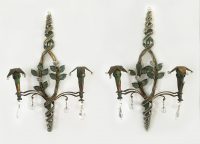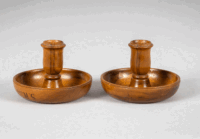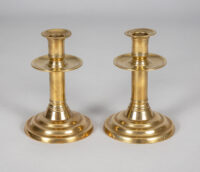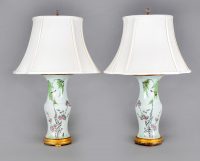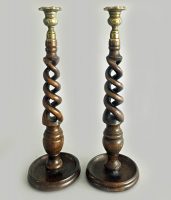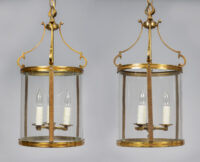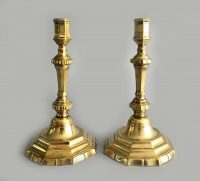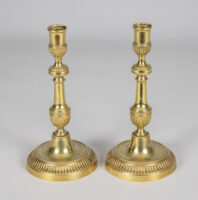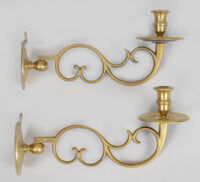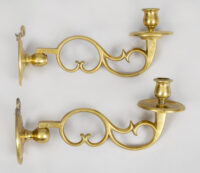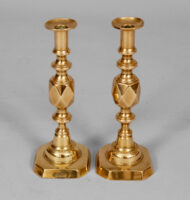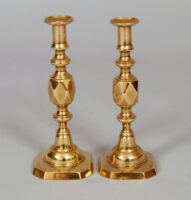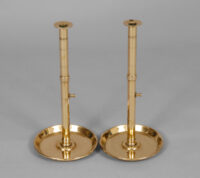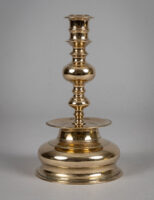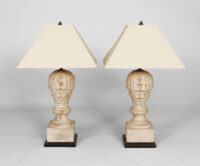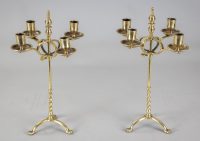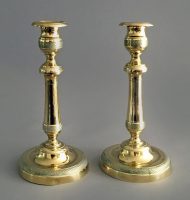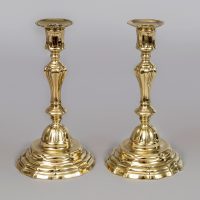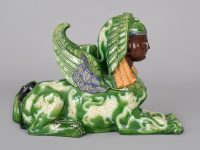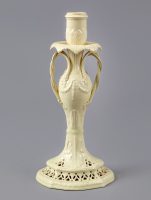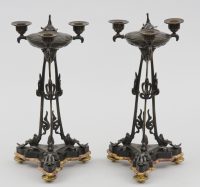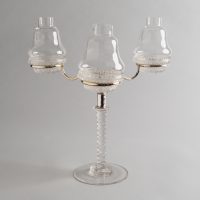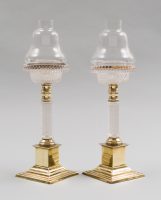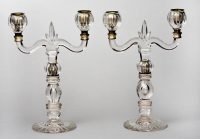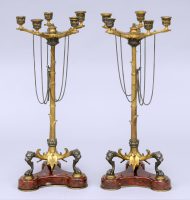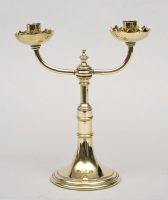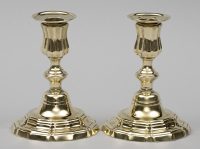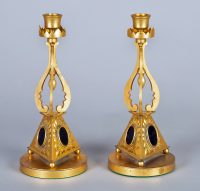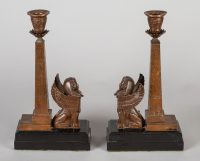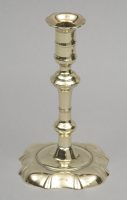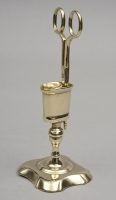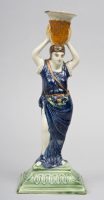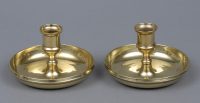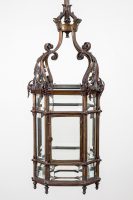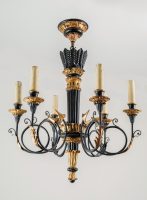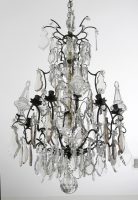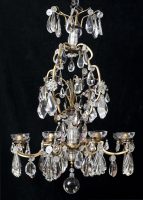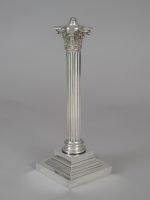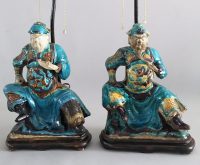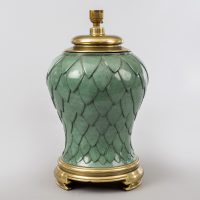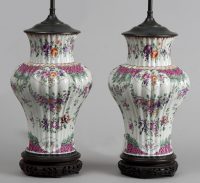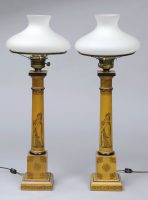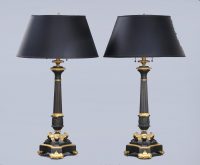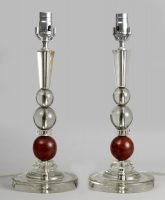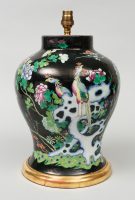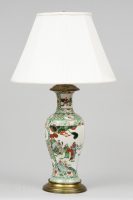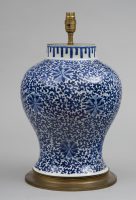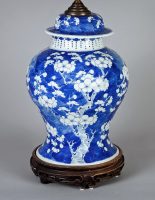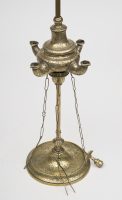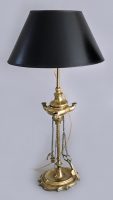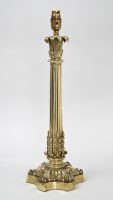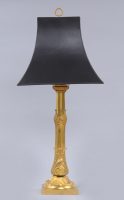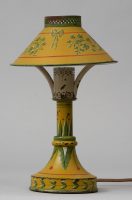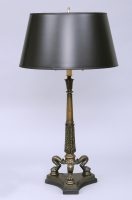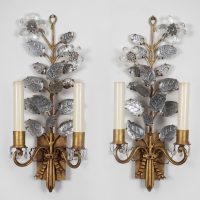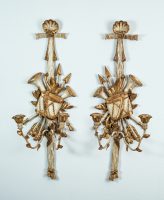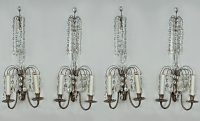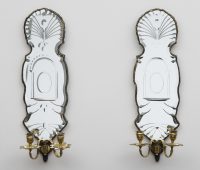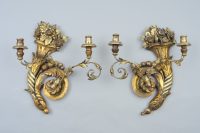Lighting
Antique Lighting
“And God said…”
It is really hard to image a world without light. For our ancestors, life depended on the hours of daylight. In the evening, the source of light was from the managed fire, which was also predominately used for warmth and cooking.
Throughout the ages, holders for oil and candles took on elaborate designs and became more sophisticated in the 17th and 18th centuries. The earliest oil lamps were made of stone. Shell oil lamps have been found in Mesopotamia. Pottery oil lamps have been excavated in ancient lands occupied by Egyptians, to the Romans, to the Greeks and to the Chinese. Candles were invented in 3000 B.C. and are one of the oldest forms of supplying light. Until the late 19th century, candles were the primary source of artificial light. Rushlights were a primitive form of candlelight and were very cheap to make. Tallow and animal fat were also used for making candles and their smell was quite unappealing. Beeswax was far superior to tallow. It burned brighter and the smell was not offensive.
In 1783, Ami Argand, a Swiss physicist and chemist, invented the argand lamp, which used a new scientific principle of combustion. It had the output of 10 candles which was a huge improvement in supplying light. It used whale, seal and vegetable oils as fuel which was supplied by gravity feed from a reservoir mounted above the burner. These lamps became very popular, were used by all classes and were made in a variety of decorative forms.
In 1792, William Murdoch, a Scottish engineer and inventor, made a major breakthrough and produced the first gas light. In the early 1800’s, there were many lighting inventions. In 1879 Thomas Edison and Joseph Wilson Swan patented the incandescent lamp.
A little known fact: In 1886, in Great Barrington, Massachusetts, a demonstration project used alternating current to light 23 businesses along a 4000 foot length of Main Street to power incandescent lamps along each location. This was introduced by William Stanley, Jr who was working for George Westinghouse. Electricity gave us the efficiency and cleanliness we are so used to today.
There are basically three different types of antique candleholders: the candlestick, the wall sconce and the chandelier. I will discuss all of them in the following categories.
Susan Silver Antiques has a variety of lighting fixtures. Call me, I would love talk to you about lighting. (413) 229-8169.
 755 North Main Street, Route 7
755 North Main Street, Route 7